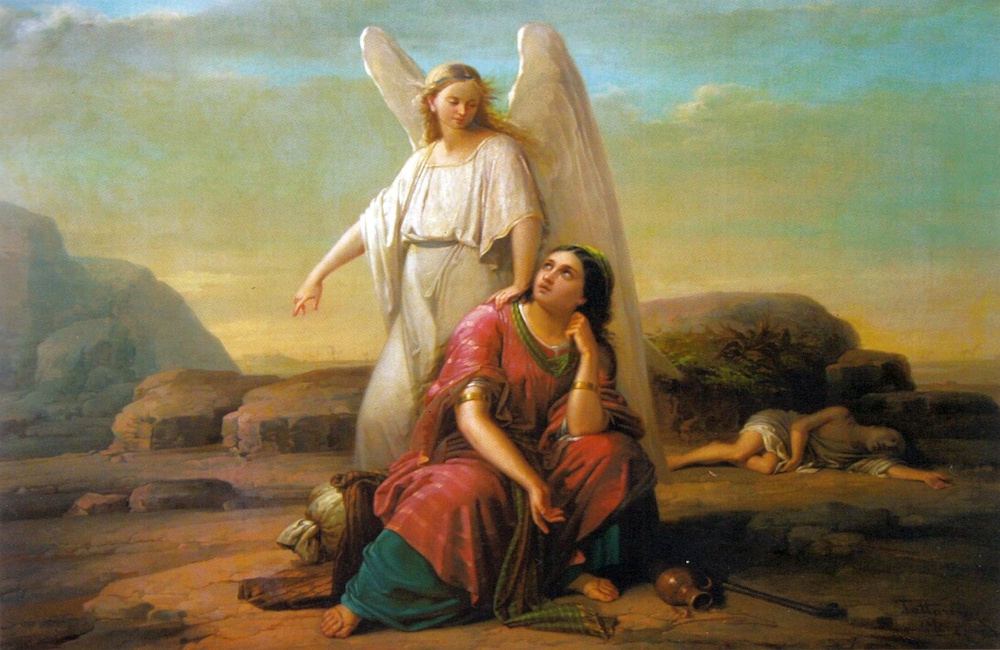Narrated AbuSa’id al-Khudri:
I heard that the people asked the Prophet of Allah: Water is brought for you from the well of Buda’ah. It is a well in which dead dogs, menstrual clothes and excrement of people are thrown. The Messenger of Allah replied: Verily water is pure and is not defiled by anything.
Abu Dawud said I heard Qutaibah b. Sa’id say: I asked the person in charge of the well of Bud’ah about the depth of the well. He replied: At most the water reaches pubes. Then I asked: Where does it reach when its level goes down ? He replied: Below the private part of the body.
Abu Dawud said: I measured the breadth of the well of Buda’ah with my sheet which I stretched over it. I them measured it with the hand. It measured six cubits in breadth. I then asked the man who opened the door of garden for me and admitted me to it: Has the condition of this well changed from what it had originally been in the past ? He replied: No. I saw the color of water in this well had changed.
Is the Zamzam Well Really the One Hagar and Ishmael Drank From?
In Islamic tradition, the Zamzam well is believed to be a miraculous source of water that appeared for Hagar and her son Ishmael when they were left in the desert — a gift said to have been provided by an angel. However, there is no explicit written evidence confirming this event, and the account may be based on later interpretations or efforts to strengthen the religious narrative. Furthermore, this story raises geographical and historical concerns: the traditional narrative places Hagar and Ishmael’s journey from Canaan to Mecca, a distance of over 1,200 kilometers through harsh desert terrain, which would have been extremely unlikely for a woman and infant to survive without considerable logistical support.
According to historical and scholarly sources, the origins of Mecca and the Zamzam well may have been retroactively tied to biblical figures like Abraham, Hagar, and Ishmael in order to provide a theological link between Islam and earlier Abrahamic traditions. Scholars suggest that these associations likely developed over time, as part of the evolving religious and cultural identity of early Islam, rather than stemming from verifiable historical accounts.
